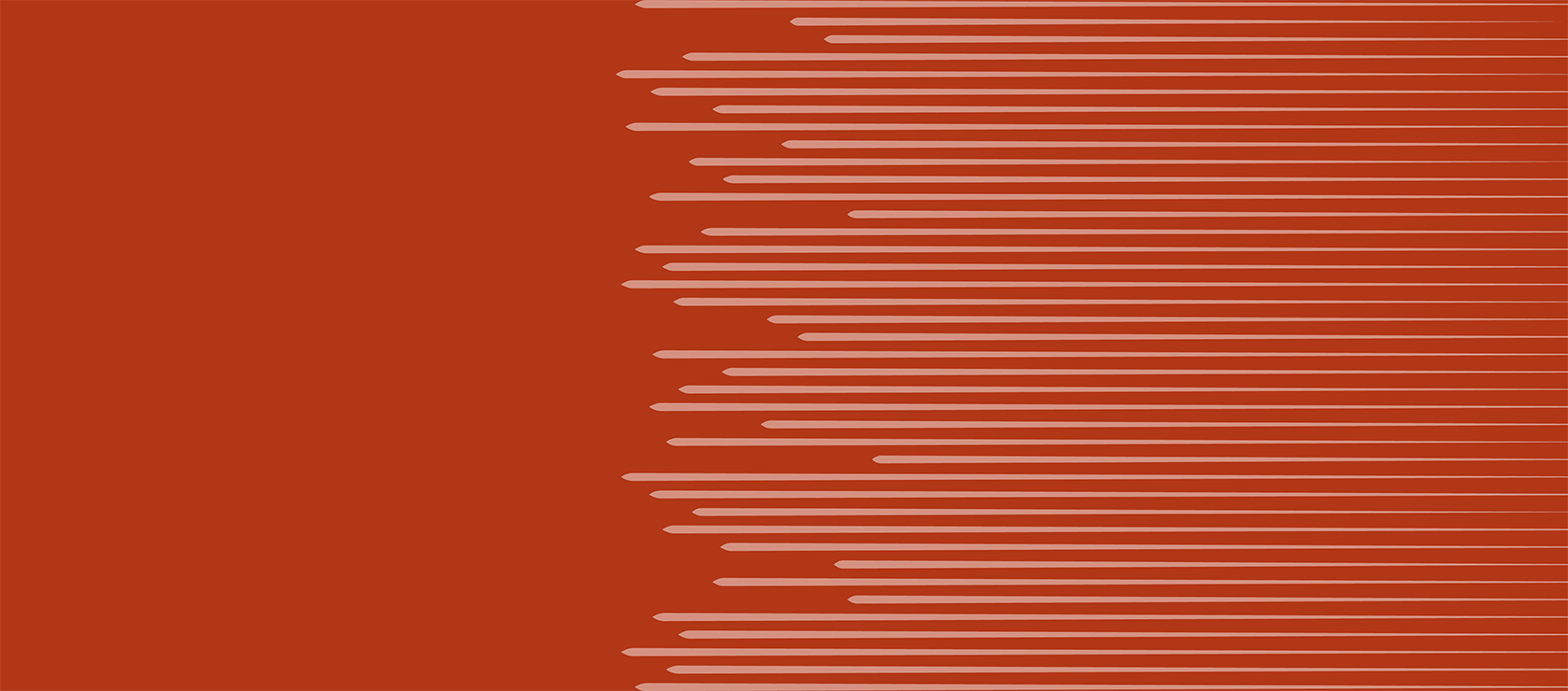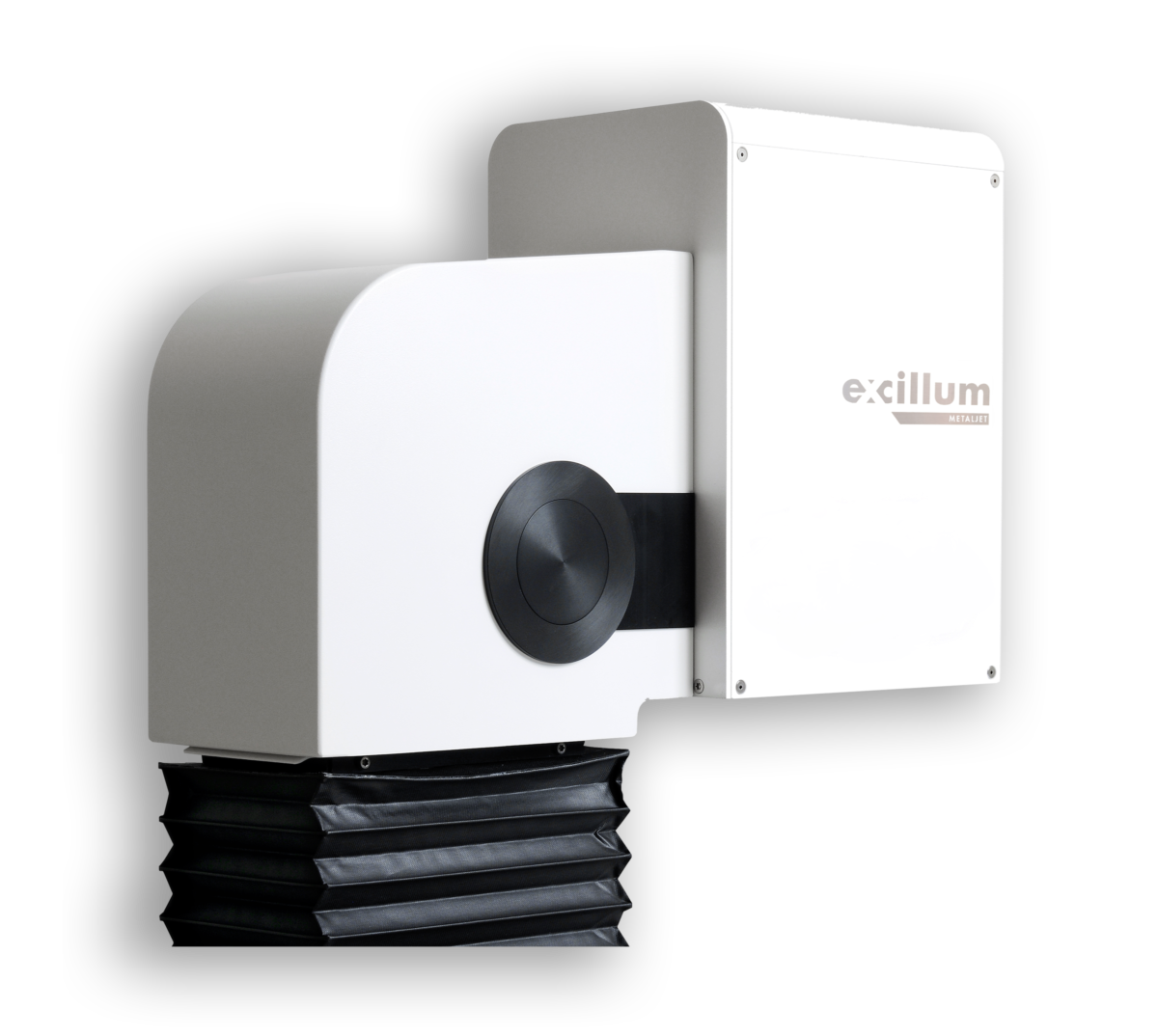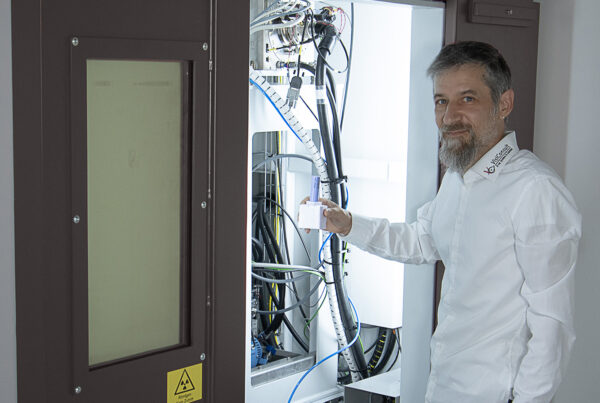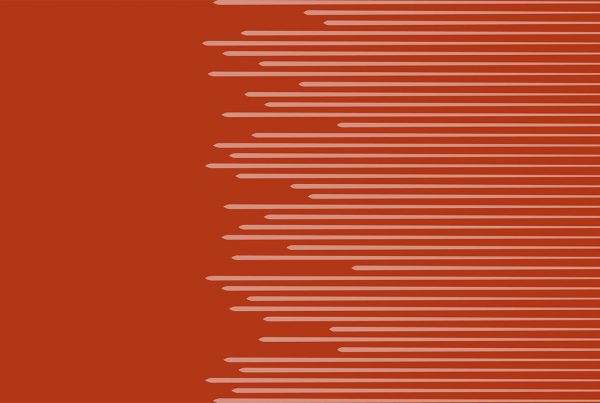At the European Conference on X-Ray Spectrometry (EXRS) Excillum today announced the extension of the MetalJet x-ray source family with the MetalJet D2. The MetalJet D2 offers the same performance as the 2011 R&D 100 Award winning MetalJet D1 (JXS-D1), the world’s brightest microfocus x-ray tube, but in a new improved physical format.
The MetalJet D1 and D2 x-ray tubes are based on the liquid-metal-jet anode principle that overcomes the brightness limit of conventional solid-anode or rotating-anode x-ray sources. In such traditional x-ray tubes, the power limit at a certain spot size is determined by when the anode is damaged by too intense local electron-beam power, essentially melting the anode locally. Excillum’s MetalJet technology doesn’t suffer from the same limits as the liquid-metal-jet anode is already molten and continuously regenerated. Thereby the MetalJet sources are able to generate more x-rays from a small spot compared to other techniques, taking one step closer to synchrotron-light-source performance in your own lab.
The new physical format of the MetalJet D2 improves the serviceability of the source, but the main advantage lies in internal modifications that will allow for the future introduction of new products based on the same platform.
“One obvious extension of the MetalJet source family is increased operating voltage to meet the demands of the x-ray inspection and non-destructive-testing communities. The introduction of the MetalJet D2 gives us a good platform for such upgrades”, says Oscar Hemberg, CEO of Excillum.
The MetalJet D2 is also more scalable in terms of power and performance compared to the MetalJet D1 and will be offered in several different configurations.
About Excillum
Excillum was founded in 2007 and is based in Stockholm, Sweden. Excillum develops, designs, and manufactures extreme-brightness microfocus x-ray sources for demanding applications. For more information about Excillum, please visit www.excillum.com.
Published: June 20, 2012.




